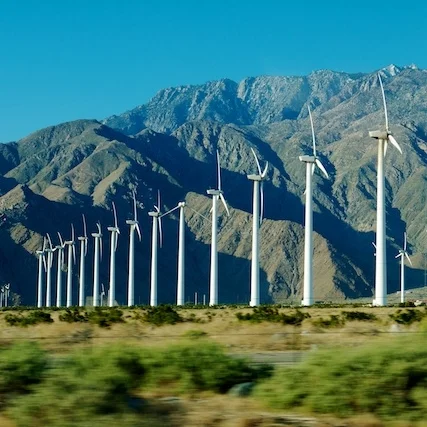One of the reasons I ended up with my Panasonic G2 is the ability to buy adapters for almost any other lens available. Because the camera has no mirror, there's plenty of room for the adapter to place the adapted lens at the correct distance from the sensor (the Nikon F adapter is a hair over an inch long). I don't have a lot of legacy glass, but have had a good time trying them out. It's also a relatively inexpensive way to play with different kinds of lenses, narrowing down where to invest in the future.
Early on I was able to find a Pentax body which came with a couple lenses. I was able to sell the body, so the lenses ended up being a pretty good bargain. I'll talk more about the Pentax 50mm f/2 later, but the other lens was a Focus 135mm f/2.8. Great size and fast, and not too bad once I cleaned it up. The main downside is the bokeh is pretty busy. I've had some success applying a light blur to smooth it out, but that's definitely not an optimal solution.
Other problems are the aperture blades are very sticky, and it exhibits noticable CA. I can stop down the lens manually while it's off the camera, and can avoid many of the situations which cause CA, so at least I have workarounds. I'll probably hold onto the lens for a while, especially since I won't be able to sell it for very much.
After playing with the K mount lenses, I thought it would be good to have a bit more flexibility on the telephoto side. I found a Kiron 70–150mm f/4 for $20. Since it was a Canon FD mount, I also needed to get that adapter, doubling the price of the lens. It was nice to have the constant aperture and the results ended up being quite pleasing. I took it on our UK trip as well as our annual trek to Southern California.
The Kiron was good as a long portrait lens and telephoto (with the crop factor the effective focal length was 140–300mm). Even though it had lots of flare in harsh conditions, I normally didn't run into any problems. I had chosen a zoom of this particular range to see if I wanted to purchase the Panasonic 45–200mm zoom, which I eventually did.
For a more extreme case of legacy glass, I'm able to attach my camera to a telescope I've had for about 35 years. While good for visual spotting, it's somewhat soft and has quite a bit of CA. However, it's still fun to use!
Getting back to the Pentax 50mm f/2 lens, I wasn't sure how much I would end up using it since it was about the same as the long end of my kit lens (14–42mm) as well as the short end of the tele-zoom (45–200mm). It's several stops faster, but I easily gain that much with image stabilization on the lenses. However, I knew that the PSCS Music Café would be tough lighting and that I would want a relatively shallow depth of field.
I had no difficulties using a prime instead of a zoom, and it was nice being able to use a small, light lens that was a short telephoto (equivalent to 100mm). It made me think it would be nice to try out a 50mm f/1.4 if I run across one that's inexpensive.
While using legacy glass is relatively affordable, there are downsides. A different adapter is needed for each mount, so I keep to Canon FD, Nikon F, and Pentax K lenses. Since there's no coupling with the camera, focusing is manual (the camera has 5x and 10x magnification to help) and gets tricky in low light because of the sensor noise. You need to use stop-down metering, but since the viewfinder is electronic, it will try to maintain consistent brightness anyway. The metering is also not very sophisticated since there's no information coming from the lens. Lastly, there's no image stabilization.
However, the situation isn't that much different than when I was shooting film cameras. Split-image and microprism focusing aids were easier to use than image magnification in bright light, but became hard to use in low light. Stop-down metering wasn't necessary, but it's nice to get a bright version of depth-of-field preview (I do sometimes open the aperture to make focusing easier though).
I find myself slowing down when using legacy glass, mostly because of the need to focus. Since split-image and microprism focusing aids help by exaggerating how far out of focus you are, I was used to bringing things into focus pretty quickly. Without those aids, however, most of my first attempts were slightly out of focus. I found it worked well to keep turning the focusing ring just past where I thought things were in focus, enabling me to see the point of sharpest focus. I could then back off a bit to get it just right. If I needed even finer control, I could physically move the camera back and forth a bit.
For most of what I shoot the extra time to focus isn't a drawback. While doing the Music Café I could prefocus and then fire away; the depth of field was sufficient that I mostly didn't need to worry about subjects moving out of focus.





